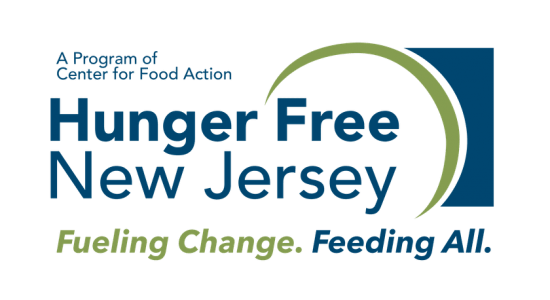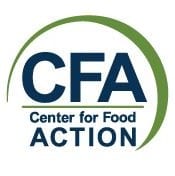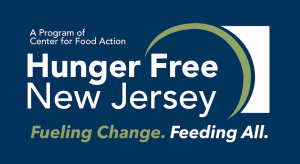During the summer of COVID, New Jersey communities served free meals to more children than ever before, providing much-needed nutritional support when many families faced job loss because of the pandemic.
Using two federal child nutrition programs, schools and community organizations nearly tripled the number of free meals provided to children in summer 2020 and doubled the number of children reached, according to a new report from Hunger Free New Jersey.
“This is an amazing achievement and underscores how critical it is to leverage federal nutrition programs,’’ said Adele LaTourette, director, Hunger Free New Jersey. “We commend all the school and community leaders who went the extra mile to head off hunger for so many children last summer.
“The truth is, though, that tens of thousands of New Jersey children face hunger every summer, even during normal times,’’ she added. “As we work our way back to normal, we urge local leaders to recognize this sad fact and build on the programs they started or expanded last summer.’’
Applications now being accepted for 2021
The New Jersey Department of Agriculture is now inviting organizations, including schools, local government agencies and non-profits, to apply to be a summer meal sponsor in 2021.
“In 2020, New Jersey local leaders and communities partnered with the New Jersey Department of Agriculture to provide a record number of meals to a record number of children,’’ said Agriculture Secretary Douglas Fisher. “We are continuously working to ensure that every single New Jersey child has enough food to eat throughout the year.’’
In July 2020 alone, more than 9 million meals were provided to roughly 203,000 children throughout the Garden State – a 183 percent increase over July 2019. The number of children served during that same time was double the number served in July 2019, according to Hunger Free New Jersey’s analysis of state data.
In July 2020, New Jersey reached 51 percent of children who receive free or low-cost school lunch – exceeding for the first time the national benchmark of serving 40 percent of these children.
The reasons behind the increase are three-fold:
- Due to the pandemic, community leaders had a heightened awareness of the need to feed children in summer 2020, leading many communities to participate in federal summer meal programs that had not done so in the past.
- The United States Department of Agriculture (USDA) waived key rules to make it easier for schools, non-profit organizations and local government agencies to feed children.
- A new state law went into effect requiring high-poverty school districts to participate in the federal Summer Food Service Program.
Organizations that sponsor summer meal programs receive federal reimbursement for each qualified meal served. To learn more about participating in federal summer meal programs, contact the New Jersey Department of Agriculture at (609) 292-4498.






